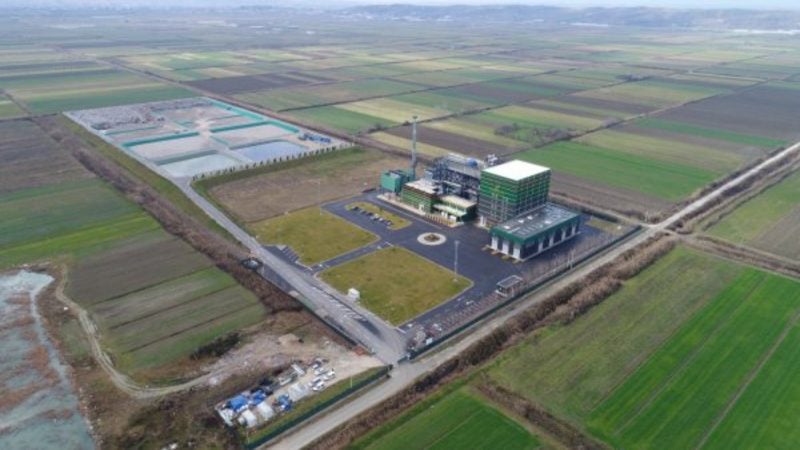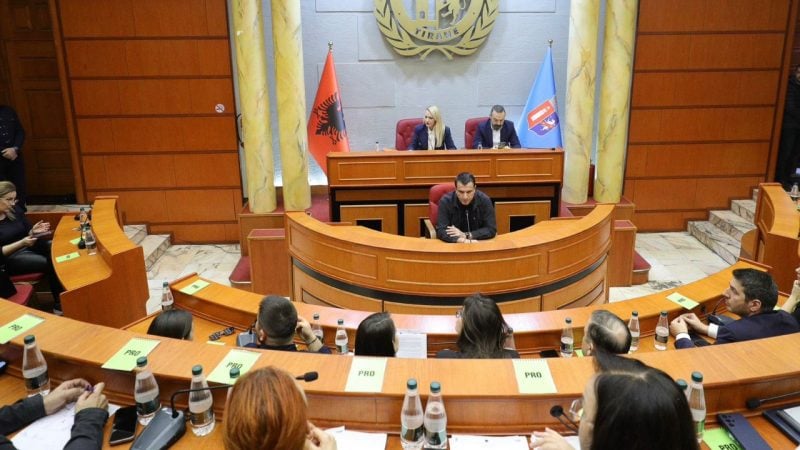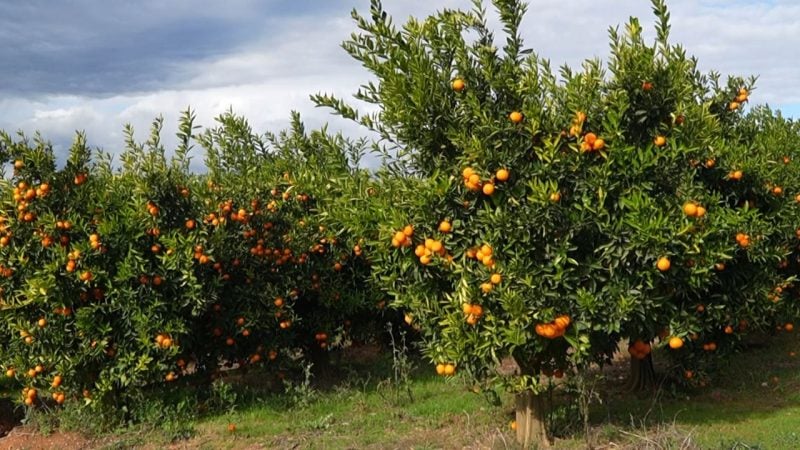 The Washington Agreement Must Be Reactivated!
The Washington Agreement Must Be Reactivated! It doesn’t
seem far the day when Albania will have no tracks of its ancient
history. Greed is ruining and destroying everywhere without any mercy,
turning the natural culture monuments into apartment buildings,
restaurants, quarries or lime pits.
It doesn’t seem far the day when Albania will have no tracks of her ancient history. Greed is ruining and destroying everywhere without any mercy, turning the natural culture monuments into apartment buildings, restaurants, quarries or lime pits.
This destruction wave, the topic of this episode of Top Channel’s program “The Other Albania”, has hidden under its ruins the great wealth of our national inheritance.
These natural wonders have held entire centuries on their shoulders, turning into symbols of the distant times, where are hidden a nation’s foundations. But with their head among big and small events of the past, among natural and human storms, in peace and war times, these wonders have survived.
They survived to tell through their bodies the legends carved in the stones; survived to face the oblivion that is taking from their bodies’ not small and insignificant pieces, but important parts of the history, the identity.
Although it has been recognized as a town somewhere in the 17th century, the history of Tirana starts since the antiquity. One of the proofs is the Dajti castle, which was built around the sixth century and is considered as an ancient object. It has been declared a category I culture monument since 1963, but today has not much to offer.
The Dajti castle, at least on papers, has a surface of 10 hectares. But what the eye can see is another image; drown among the bushes of a dense forest, which makes it almost invisible to a careless eye.
The disappointment offered by the forgotten castle among the vegetation makes it difficult to turn back.
Speaking for tourism here is exaggerated. From Dajti we go to Pellumbas, where we find one of 6 Europe’s most famous karst caves.
10 thousand years ago, our predecessors stayed in this cave that holds traces of the Neolithic, Eneolithic, bronze and iron ages. The Pellumbas Cave, also known as “the Black Cave”, has been considered by scholars as one of the most valuable archeological centers in Albania. Among the stalactites and stalagmites, this cave leads you to the heart of the mountain, where there are other smaller branches.
As it frequently happens in Albania, it is difficult to find such valuable things without facing on the same time its anti-values.
By one side of this extraordinary monument you can see the quarries, a typical view of the Albanian modern greed. Explosions, diggings, heavy machinery that come and go full of materials.
It is difficult to predict that these works will not damage at one moment the Pellumbas Cave, eating its values with its greed.
A double-faced reality, maybe the typical symbol of today’s Albania, through chaos, destruction, the greed to earn a lot in a short period of time, by not stopping in face of anything, without calculating the costs and damages that could be irreparable.
We leave Pellumbas and travel to Brari, a few kilometers from the Albanian capital. The endangered cave at the Brari Bridge, declared a cultural monument since 1948, today is covered by trash and abandonment.
The late medieval Brari Bridge has fallen prey of the crazy people who think that these monuments might hide treasures.
Dozens of meters farther, another cultural monument of the first category, stands the 350 year old house of the Meta family. It has reconstructed for the last time in the 80s, but today, most of it is falling to pieces and is losing a great part of its values.
The government structures have turned a deaf ear, leaving this monument under destruction and obliteration.
The Dajti Castle, the Pellumbas Cave, the Brari Bridge and House, the Tujan Stairs, the Dorzi Castle, the Erzen Riverbed… all of these are Tirana’s natural monuments that today have a little, if not nothing to pride about, are being mercilessly ruined each day.
Everything is being ripped off, giving an end to the historical tracks of the ancient Tirana, which today has lost among the constructions of the concrete buildings. A Tirana that tomorrow might wake up without a past.
Top Channel







